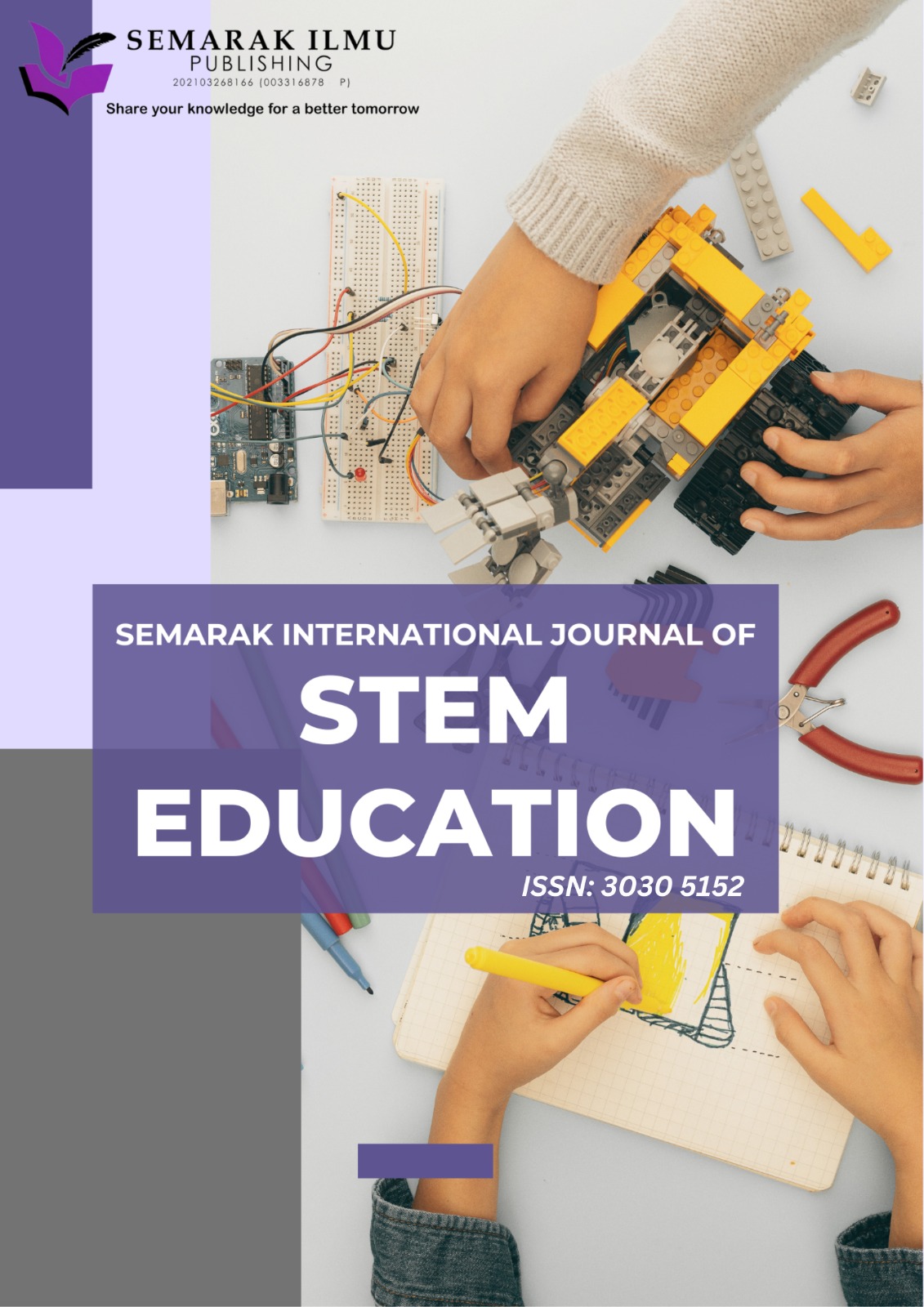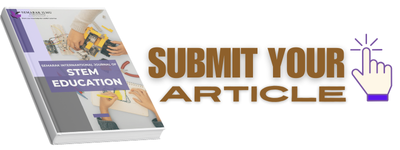Using GeoGebra with Van Hiele’s Model in Geometry Classroom: An Experience with Prospective Teacher
DOI:
https://doi.org/10.37934/sijste.1.1.119Keywords:
Van Hiele, dynamic geometry, GeoGebra, teacher, mathematicsAbstract
Various advances in technology, communication, and information have provided great benefits to all users around the world, especially in digital communication and learning mathematics in the classroom. However, without a systematic and clear model, the use of technology becomes vague and ineffective in cultivating students' interest and understanding in the field of Science, Technology, Engineering, and Mathematics (STEM). This study aimed to explore prospective teachers’ (PT) understanding and experience using GeoGebra with van Hiele’s model in the geometry classroom. The research employed a qualitative approach, specifically a case study design, which included semi-structured one-on-one interviews and classroom observations. Additionally, dynamic GeoGebra task completion, digital objects, tests, and electronic surveys were also administered. The bottom-up data analysis process was conducted inductively by reading the collected data and forming segments, determining the codes, and filtering overlapping codes until themes were identified. The results showed PTs' sequential understanding using GeoGebra occurred enthusiastically in a supportive environment. This understanding was evidenced when students engaged in activities such as examining, analysing, doing, comparing, identifying, explaining, recognising, distinguishing, and solving tasks. Furthermore, the experience of PTs using GeoGebra involved a collaborative environment, motivation to learn, awareness of various technologies, and independent learning. In conclusion, the transformation of PT’s comprehension using GeoGebra in Mathematics is actively demanded with the use of a guidance process such as van Hiele’s model. It provides greater chances for students’ engagement while delivering more appropriate and meaningful learning.









